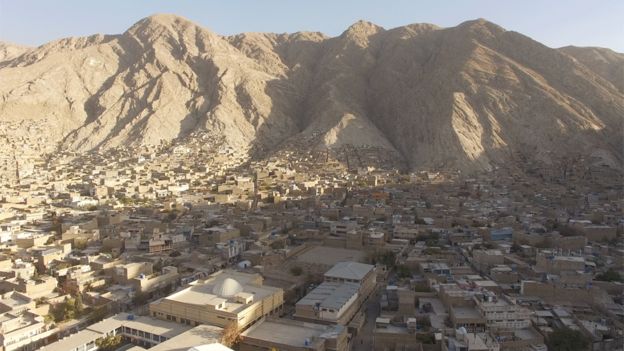
Close to 1,000 victims of militant attacks are said to be buried in the cemetery of the Mari Abad district of Quetta.
Some of the graves are clustered together, where family members have been buried side by side.
The district in south-west Pakistan is almost entirely populated by the minority Hazara community, which belongs to the Shia sect of Islam.
For decades they have been targeted by sectarian extremists using suicide bombings and targeted shootings.
Daoud Agha, president of the Balochistan Shia Conference, is defiant: “Children have been orphaned, wives have been widowed, but we will never abandon our faith.”
This year more than a dozen Hazaras have been killed in and around Quetta, but in the past the annual death toll was far higher. In 2013 more than 200 were killed.
But for the Hazara community the reduction of violence has come at a cost, its members are now effectively living in ghettos that many describe as a prison.

The response from the Pakistani authorities to the wave of violence against the Hazara has been to build walls blocking streets leading to their districts from elsewhere in the city, or place military checkpoints along them.
There are no longer attacks inside Hazara areas, but elsewhere in the city they have continued to be targeted.
As a result the Hazara community has been confined to two parts of the city; anyone who wants to enter them is questioned by soldiers. The checkpoints may be for the safety of the residents, but they aren’t popular.
‘Living in a cage’
Not far from the cemetery, on the Alamdar Road, once the site of many of the attacks, one resident, Haji Mohammed Musa, railed against the measures.
“Yes, violence here has come down, but we can’t go anywhere else in the city. We can’t do business any more. We’re living in a cage,” he says.
The community once dominated the main bazaar in the city, now nearly all those with shops there have relocated into one of the two Hazara districts.
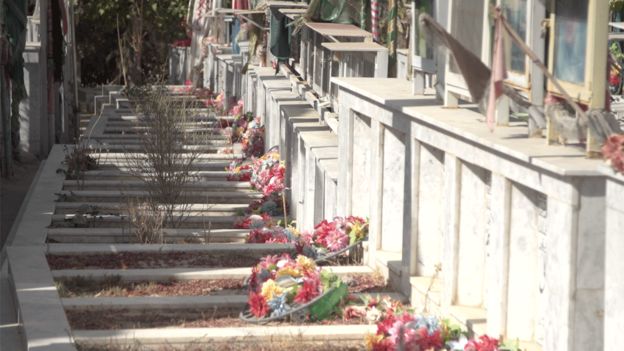
Mr Musa, like many others, believes more should be done to target the militants responsible for the violence: “If a government can’t deal with a handful of terrorists, how can they call themselves a government?”
Leaving Mari Abad can prove deadly. Hazaras are said to be the descendants of Mongols, and are identifiable from their distinct facial features.

Who are the Hazara?
- Of Mongolian and Central Asian descent
- Legend has it they are descendants of Genghis Khan and his soldiers, who invaded Afghanistan in the 13th Century
- Mainly practise Shia Islam, in predominantly Sunni Afghanistan and Pakistan
- At least 600,000 live in Quetta, mostly migrants from Afghanistan
- Quetta is also on a key Shia pilgrimage route to Iran

In October, vegetable seller Abdul Ghafoor set off in a pick-up truck with five others to visit a wholesale market in the centre of the city.
He says he knew it could be dangerous but went because vegetables in Mari Abad are much more expensive than those elsewhere in Quetta.
He was the only one who returned home.
“Suddenly the car stopped and gunshots rang out. I tried to get up to see what was happening. That’s when I was hit. I fell unconscious.”
Abdul Ghafoor was shot five times but survived. Now, though, he says he will never leave Mari Abad again, nor will he allow his family to do so.
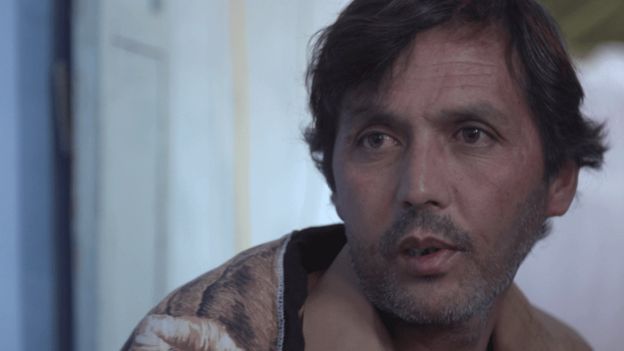
His two young sons have dropped out of school to work on his stall while he recovers.
They’re part of a generation of Hazaras that community leaders fear will grow up never mixing with other ethnic groups living in the same city. The number of Hazara students in Quetta’s universities, located outside Mari Abad, is said to have fallen dramatically.
Escape in parkour
One outlet for the frustration felt by many young Hazaras is sport.
Parkour, a form of urban gymnastics, is growing increasingly popular.
Ali Reza, 16, says it gives him a feeling of freedom.
“Parents are afraid of losing their children, they won’t permit us to go anywhere. We are trapped in a prison. [Parkour] makes me forget all my worries, I feel like I have wings,” he says.
Ali Reza lives in Quetta’s only other Hazara district, Hazara Town. The community is split between these two enclaves, and many fear they will be targeted if they try to travel from one to the other.
Ali Reza and his friends do visit Mari Abad – they like taking photos of each other with the mountains surrounding the district in the background, but they don’t tell their families.
Another of his friends, whose father was murdered in a targeted shooting, says wistfully: “If security was better we could invite guys from other communities to join us and learn parkour too. But at the moment it’s not safe enough to even meet them.”
source: BBC
The post Quetta’s Hazara: The community caged in its own city appeared first on Ultimate FM.
Close to 1,000 victims of militant attacks are said to be buried in the cemetery of the Mari Abad district of Quetta. Some of the graves are clustered together, where family members have been buried side by side. The district in south-west Pakistan is almost entirely populated by the minority Hazara community, which belongs to […]
The post Quetta’s Hazara: The community caged in its own city appeared first on Ultimate FM.
Read Full Story

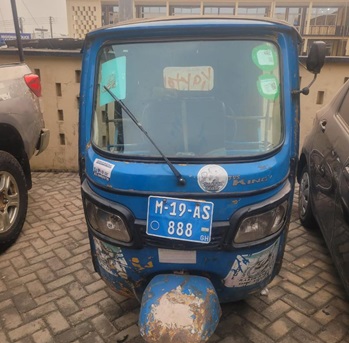

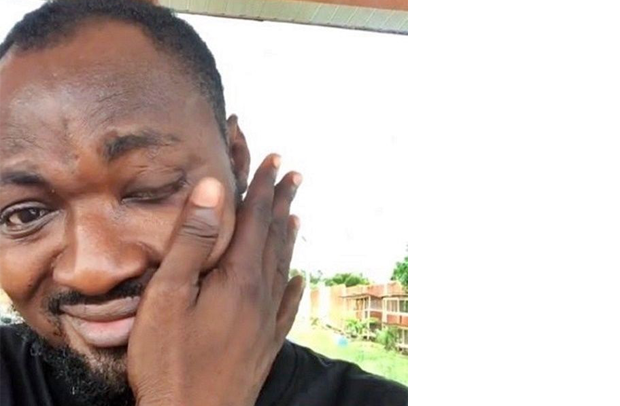



















Facebook
Twitter
Pinterest
Instagram
Google+
YouTube
LinkedIn
RSS